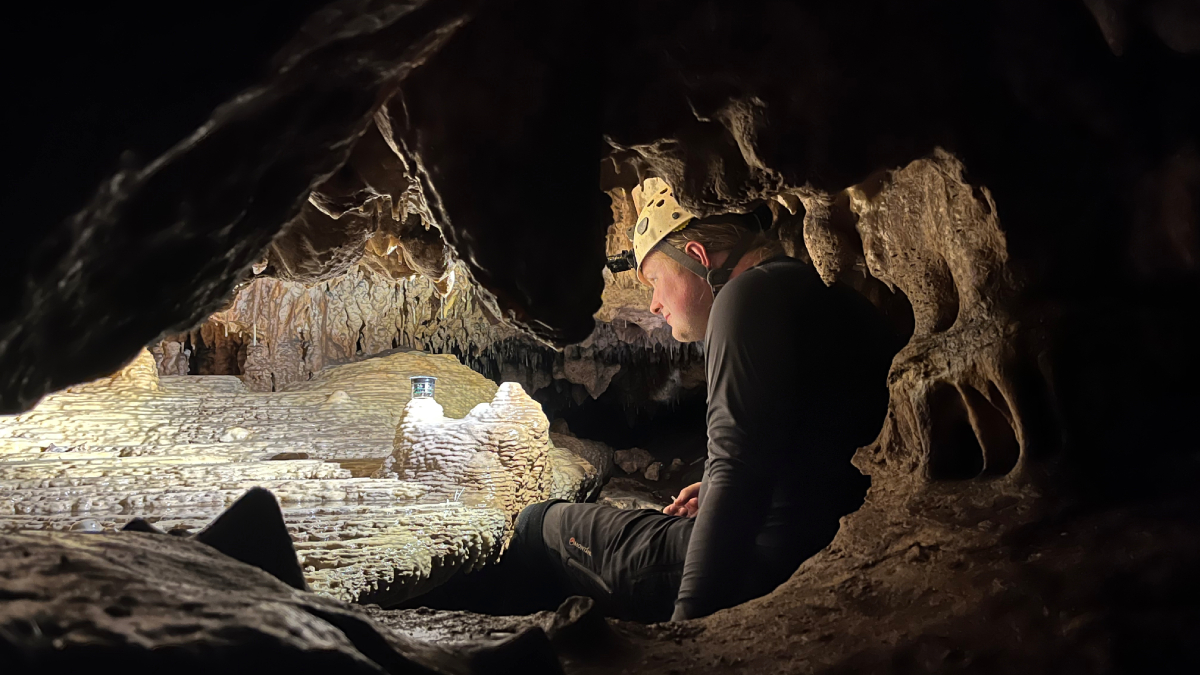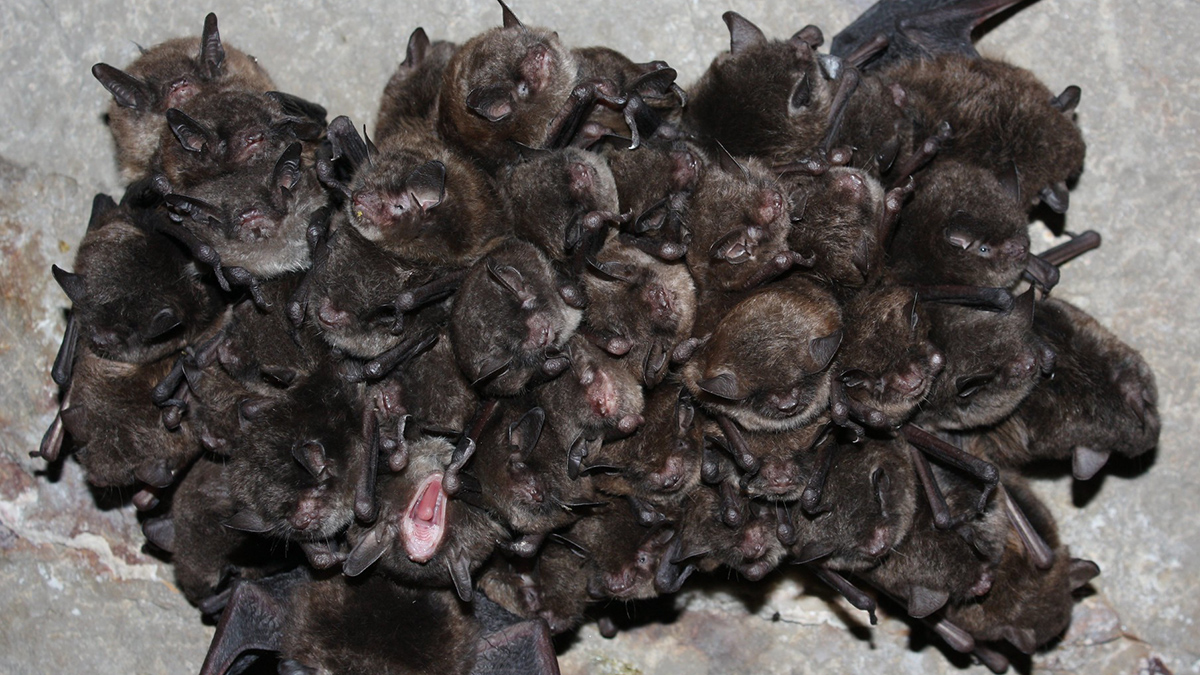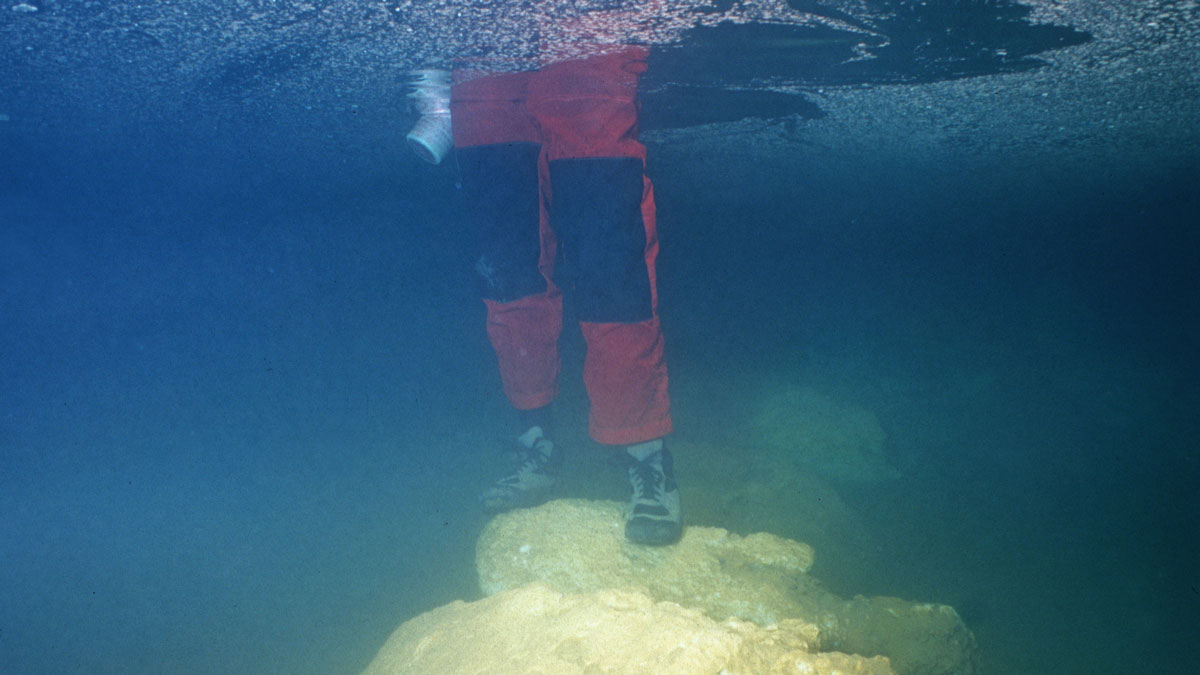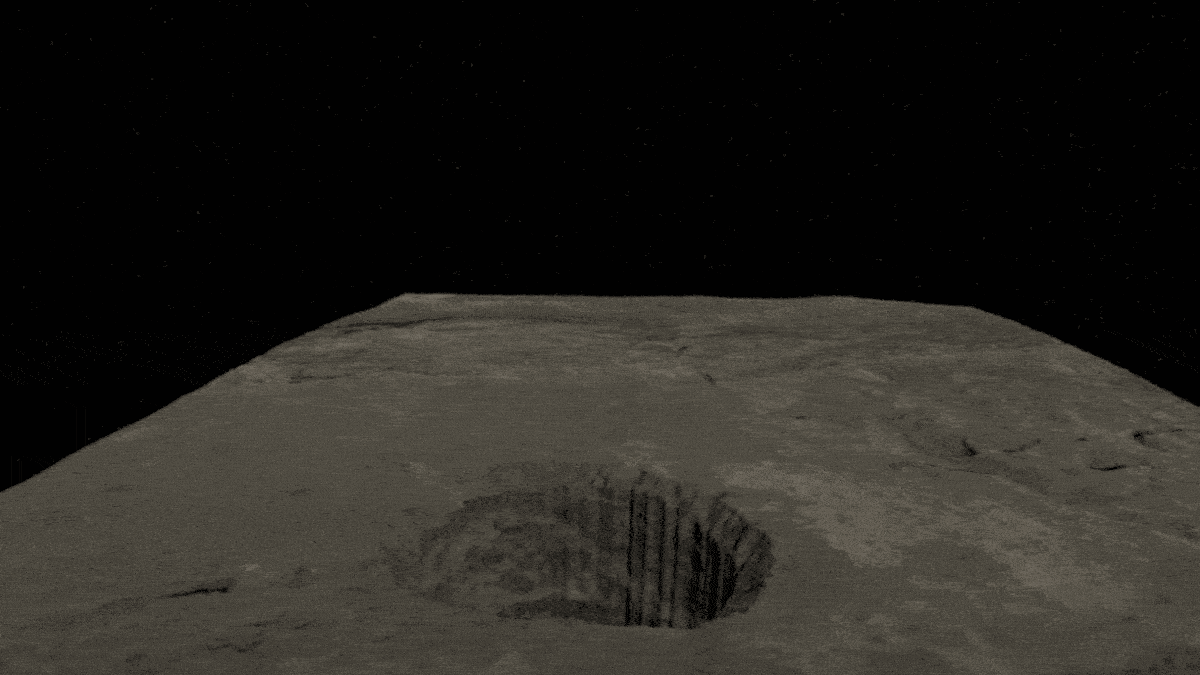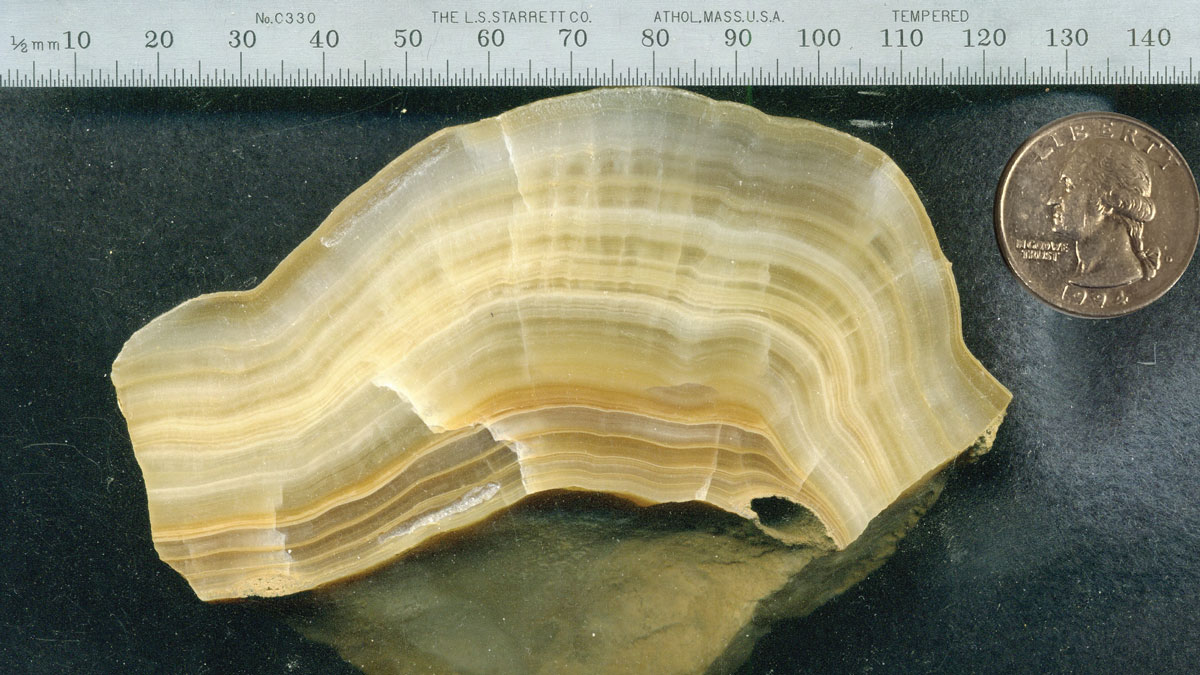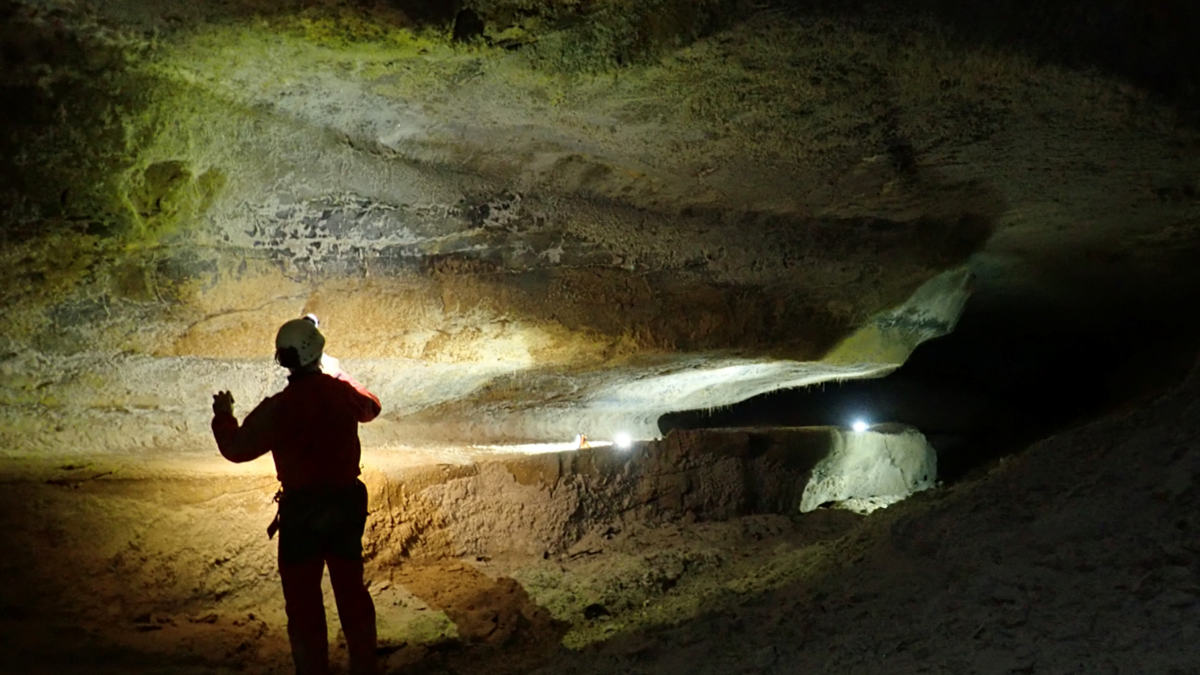Understanding how individual cities responded to climate stress will help create holistic pictures of how these societies functioned.
caves
Cave Deposit Links Greenland’s and Europe’s Climate Records with a German Volcano
Dating a late Pleistocene eruption has big implications for understanding the Younger Dryas—and current climate change.
Bat Poop Records Fire History
Charcoal stored in preserved guano gives researchers a new way to reconstruct regional fire histories.
Underwater Bridge Suggests a Surprising Date for First Migration to Mallorca
A controversial study suggests that humans settled on the Spanish island 1,000 years earlier than archaeologists believe.
Lunar Lava Tube Revealed Beneath Collapsed Pit
The Sea of Tranquility is home to at least one lunar lava tube, which could preserve a pristine and unweathered record of lunar volcanism.
Flash Floods May Support One of the World’s Rarest Fish
Only a few hundred Devils Hole pupfish live in an isolated pool in the desert, where occasional floodwaters roil their habitat.
Carbon Dating Reveals the Timing of Puerto Rican Cave Art
New dates from cave art pigment add to evidence that Indigenous Puerto Ricans inhabited the island for millennia.
Using Cave Formations to Investigate Ancient Wildfires
From sediment cores to speleothems, environmental archives are helping us to understand the history of wildfires.
Wisconsin Stalagmite Records North American Warming
A speleothem has revealed rapid periods of warming across the interior of the continent during the last glacial period, corresponding to similar events recorded in Greenland ice.
Searching for the Sculptor of France’s Caves
Spelunking scientists searched for the original source of the French Pyrenees’ magnificent caves.

